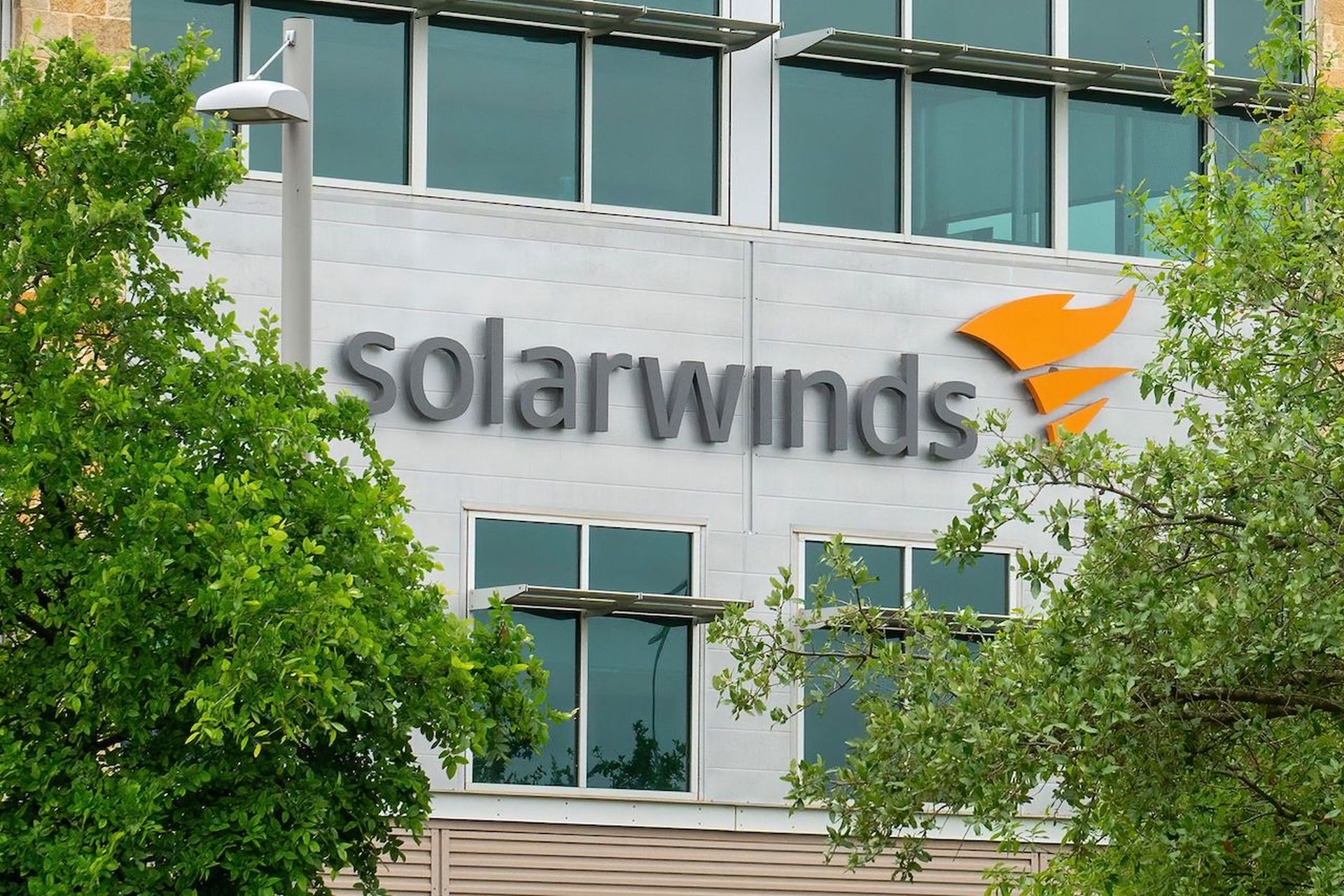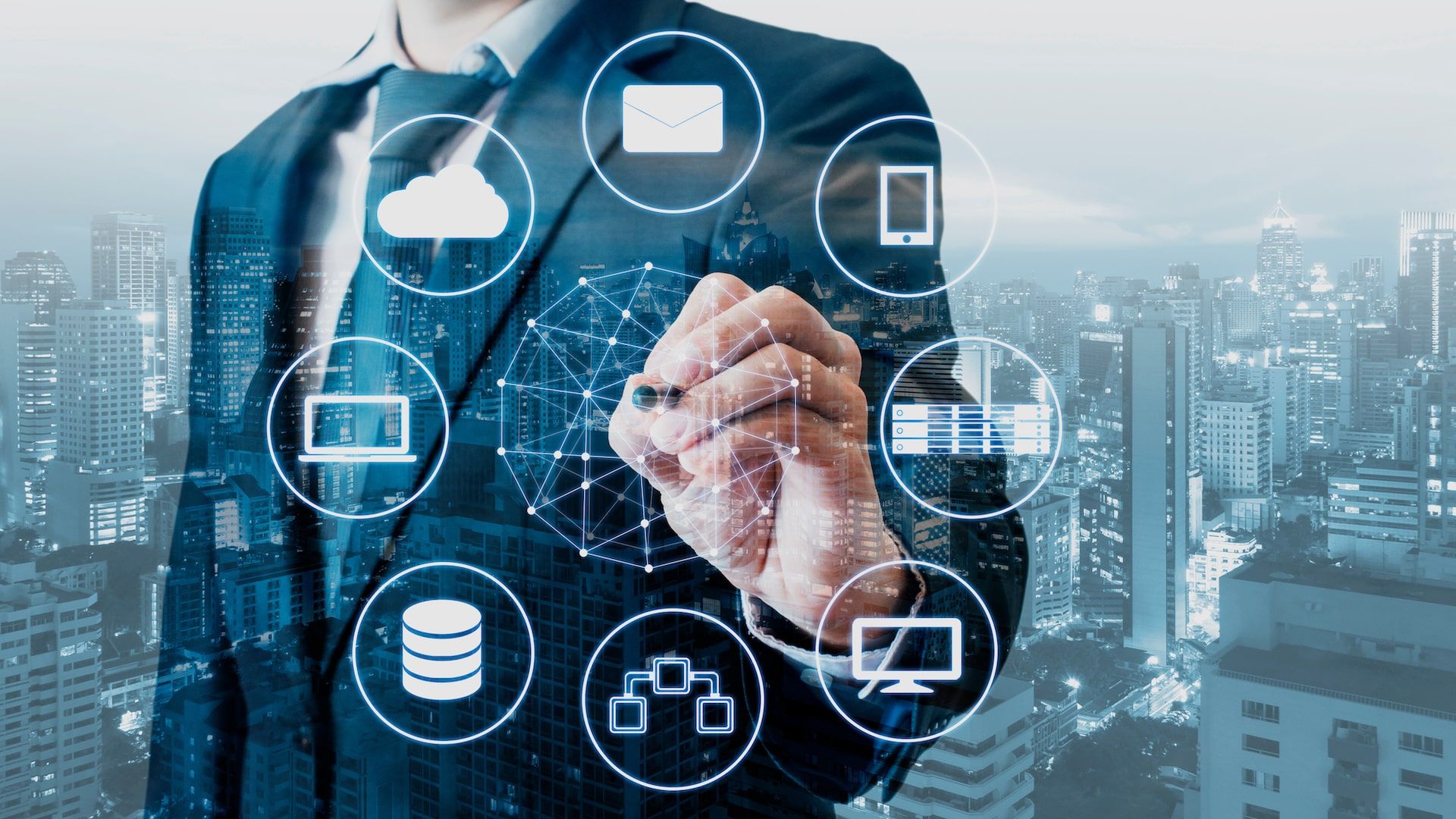As the coronavirus pandemic forces face-to-face conference cancellations, the stampede toward virtual conferences and online summits continues. The result, I suspect, is going to be a mixed bag of content and inconsistent outcomes for event organizers, sponsors and attendees.
No doubt, virtual events have their place in the technology industry. But I'm partial to simple webcasts with one hour or less of prepared content -- coupled with healthy attendee interaction. (Here are examples from ChannelE2E and MSSP Alert.)
In many cases, longer digital events can become unwieldy. And frankly: Conference organizers should not position, promote or develop their virtual events as "replacements" for their cancelled multi-day gatherings. Instead, it's important to treat the virtual event as something new, something unique, and something that's both informative and concise.
Yes, concise.
Where Virtual Events Fall Down
Let's be clear. Here's what virtual events can't deliver compared to their on-site counterparts.
- One-on-one networking, Off-the-record conversations. Impromptu meetings in the hallway that trigger alliances and integrations. Introductions that often spur financial investments, strategic alliances and even M&A deals. None of that is going to happen when hundreds (or thousands) of strangers are watching your virtual event from the comfort of their home offices or living room couches.
- Vendor booths that actually pull you in: I remember when the first virtual conferences surfaced more than a decade ago. Vendors would fill their virtual booths with white paper PDFs. Attendees would become online avatars who could "walk" from one virtual booth to the next. It was all so... lame. A pathetic attempt to make the virtual event feel like a face-to-face conference. Seriously?
- The energy: A stunning keynote. An electric group moment. A standing ovation. That ain't gonna happen from the comfort of my home laptop.
- A captive audience and undivided attention: When I'm at a conference, you've got my complete focus 12 hours a day. Then I'll work another six hours in my hotel room, figuring out previous day follow-ups and next-day schedule tweaks. Now, compare all that to when I'm at home attending your virtual conference: Don't mind me as I watch your online keynote, read some email, spin up Disney+ for my kids, and check my front porch for an Amazon delivery.
Where Virtual Events Stand Tall
Still, there's a need for virtual gatherings -- especially as channel partners seek to understand how they can march forward through the pandemic. And there's plenty to like about virtual events and online conferences -- if they're planned and executed correctly.
So how do you get started? First, don't make lead generation your primary goal. Instead, your top goal should involve generating compelling, educational content that delivers value. Your partners will love you and remember you for that education-first approach.
Also, don't try to fork-lift all of your face-to-face event sessions into the online world. Instead, deliver far fewer sessions (and more interaction) online. Go with an extremely simple, predictable agenda where every session starts at the top of the hour. And knock down the virtual wall between your company and your attendees during every session.
I recommend keeping virtual events to an hour or less. But if you're absolutely fixated on a longer format, stick with a half-day or less. And if you absolutely insist on a multi-day online gathering, here's a potential flow that may work...
Virtual Event Day One: Big Picture -- Business & Technology
1:00 p.m. -- The Opening CEO Keynote - State of Business
- 35 minutes: Host CEO explains the state of the industry, state of the business, and state of partners working with the business. Plus, any major business announcements.
- 15 minutes: Open Q&A. Attendees text questions. CEO provides spoken answers.
- 10 minutes; Break for attendees to check email or step away from their PCs.
2:00 p.m. -- The CTO Keynote -- State of Technology
- 35 minutes: Host CTO explains the major technology trends, and the implications/opportunities for channel partners. Plus, any major product announcements.
- 15 minutes: Open Q&A. Attendees text questions. CTO provides spoken answers.
- 10 minutes; Break for attendees to check email or step away from their PCs.
3:00 p.m. -- The Channel Chief Keynote -- State of the Partner
- 35 minutes: Host Channel Chief reinforces trends shared by CEO and CTO, and the implications/opportunities for channel partners. Plus, new strategic alliances unveiled.
- 15 minutes: Open Q&A. Attendees text questions. Channel Chief provides spoken answers.
- 10 minutes; Preview Day Two and thank you for tuning in to day one.
Virtual Event Day Two: Technology Deep Dive
Before you proceed please ask yourself: Is a second day really necessary? Really? If so...
1:00 p.m. -- Overall Product Roadmap
- 35 minutes: Head of product previews overall technology product roadmap, milestone goals, target release dates, etc.
- 15 minutes: Open Q&A. Attendees text questions. Head of product provides spoken answers.
- 10 minutes; Break for attendees to check email or step away from their PCs.
2:00 p.m. -- Killer Product Demo One
- 35 minutes: Host company provides jaw-dropping, gee-whiz demo of recent or forthcoming product development
- 15 minutes: Open Q&A. Attendees text questions. Host provides spoken answers.
- 10 minutes; Break for attendees to check email or step away from their PCs.
3:00 p.m. -- Killer Product Demo Two
- 35 minutes: Host company provides another jaw-dropping, gee-whiz demo of recent or forthcoming product development
- 15 minutes: Open Q&A. Attendees text questions. Host provides spoken answers.
- 10 minutes; Preview Day Three and thank you for tuning in to day one.
Virtual Event Day Three: Sales and Marketing
Before you proceed please ask yourself: Is a third day truly necessary? Do you actually have the speakers and content to pull off yet another day? If so...
1:00 p.m. -- Overall Sales Strategies
- 35 minutes: Chief Revenue Officer (CRO) describes how most successful partners go to market with vendor's products & services.
- 15 minutes: Open Q&A. Attendees text questions. CRO provides spoken answers.
- 10 minutes; Break for attendees to check email or step away from their PCs.
2:00 p.m. -- Overall Marketing Strategies
- 35 minutes: Chief Marketing Officer (CMO) describes omnichannel marketing moves that most successful partners leverage.
- 15 minutes: Open Q&A. Attendees text questions. CMO provides spoken answers.
- 10 minutes; Break for attendees to check email or step away from their PCs.
3:00 p.m. -- Expanded Q&A -- Ask the Host Anything
- 50 Minutes: Host CEO, CTO, Channel Chief, Head of Product, CRO and CMO Panel. Completely open Q&A with attendees.
- 10 minutes; Closing call to action. Thank you and conclude.
Virtual Events: Closing Thoughts
Will I attend "extended" virtual conferences and digital summits that "replace" on-site events? In most cases, I won't. Other than tuning in the CEO keynote and grabbing some one-on-one interviews with the executive team, I don't see much value in a multi-day online engagement.
Alas, I think most vendors will fall into the lead generation and sponsor trap -- making sales leads and revenue generation their top digital event goals.
Still, a few great vendors will focus first on great content that inspires partners to build more successful businesses. I look forward to hearing about those winners.
Bottom line: Virtual events are not a replacement for face to face events. The sooner vendors and partners embrace that truth, the sooner we'll see higher quality, unique digital gatherings that stand the test of time in the IT channel.




